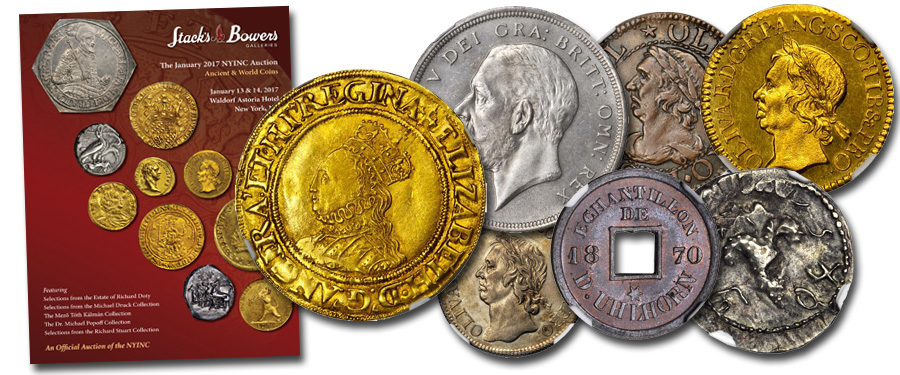
Did you know Stack’s
Bowers Galleries is offering selections from the Druck Family Collection, as
assembled by the late Michael J. Druck in our upcoming official auction of the
New York International Convention? Michael
J. Druck (1961-1995) was a leading figure of his generation of numismatics.
Michael J. Druck
(1961-1995) was a leading figure of his generation of numismatists. A graduate
of Sarah Lawrence College, he also graded from coin collector to professional
numismatist as a staff member of Manfra, Tordella and Brooks and later was a
buyer and cataloger for Stack’s-Coin Galleries. He was a Fellow of the Royal
Numismatic Society and of the American Numismatic Society (ANS) and life member
of the American Numismatic Association. He was a stalwart leader of the
American Israel Numismatic Association (AINA), putting to use his deep
knowledge of Israel and Judaic coins and medals.
Michael was 19 when the
Royal Numismatic Society named him the 1981 recipient of its F. Parkes Weber
Prize for his paper, “The Immortal Benedetto Pistrucci, His Life and Work.”
This article examined the tempestuous Pistrucci’s career at the Royal Mint,
including his work on the final coinage of King George III and the famous Great
Waterloo Medal. This award was a signal honor for any American numismatist of
any age.
His numismatic interests
were many, including a pioneer role in the research and collecting of American
art and historical medals, notably the issues of the ANS. Michael had many
significant numismatic affiliations. He placed special value on his membership
in the prestigious New York Numismatic Club (NYNC). Founded in 1908, this Club
is noted for the generally high caliber of its members’ numismatic experience.
NYNC elected Michael its Secretary Treasurer in 1991-92, Vice President
1992-93. He was serving as Club President for the 1994-95 term at the time of
his death.
Created by ANS Saltus
Award-Winning sculptor Eugene Daub, the Club’s Michael J. Druck Presidential Medal
was acclaimed as one of the most sensitive likenesses in the organization’s
93-year series of Presidential medals.
Those who worked with him
saw his lighter side. Michael’s sense of humor was boundless and his ability to
mimic the voices and mannerisms of well known numismatic personalities often
provided needed comic relief from the more tedious egotism of the numismatic
world. As his parents Harry and Barbara Druck can testify, Michael left a gap
in the numismatic scene that has not been filled.





